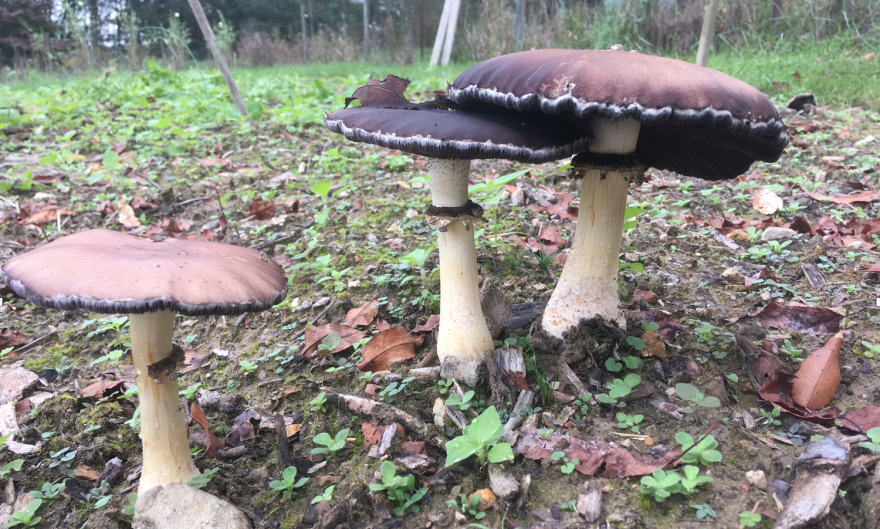If you enjoy fruits and vegetables in spring, you can thank what we now know as mushrooms for the bounty we have today. Without fungi, a new study finds, plants might never have evolved, nor might have much else on this planet.
A billion years ago, there were no plants on earth, no flowers, no vegetables, nothing. Fast forward a couple hundred million years and the first land plants begin to emerge. That might have been that, had it not been for mushroom spores that had also found their way to the 3rd planet from the sun. Virginia Tech professor emeritus, Khidir Hilu, along with a team of 13 researchers, worked on a massive study on the subject, which found that the two in fact, evolved together and their co-evolution helped both flourish. “Diversification in one group has helped the other group to follow the same pattern and each became even more diversified. We also know that extinction of some species could negatively impact the other."
Today the plant kingdom is incredibly diverse. Take flowering plants; Hilu points out, they make up 94 - per cent of all the plants on earth. But it was slow going to get here. “The first ones to emerge, mosses and liverworts, didn’t have a good root system. They needed support to help them get water and nutrients" as they made their way from an aquatic world to a terrestrial one. "Fungi are the ones that went in there (literally taking up residence in what would become their root structure) and helped them survive at that time.”
Fungi kept the earliest land plants hydrated even as they fed off them; a 'give a little, get a little' kind of deal. And their symbiotic relationship has been going strong ever since. A major finding of the study is; each time plants had a growth spurt, so did fungi, creating whole new ecosystems as they co-evolved. Hilu says, "They helped the plants move into drier areas, so they were really a key factor in the establishment of the forest ecosystem.”
The study, published in Nature Communications, re-examined fossil records using bio-informatics, a technology that can identify species at the molecular level. Researchers were able to confirm concepts like co-evolution and correct some previous assumptions. For example, it had been thought that flowering plants that resembled each other were part of the same family, but it turns out that while they may look alike, it's not always because they share genetics, but because they share the same environment.


